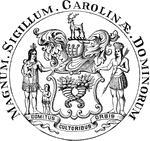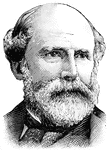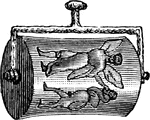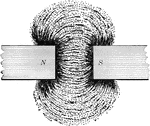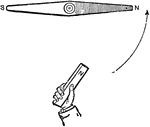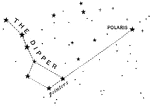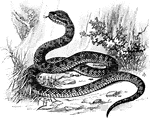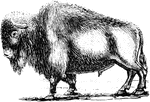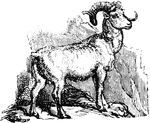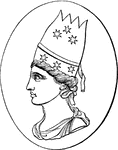
Tiara
"Tiara or Tiaras, a hat with a large high crown. This was the head-dress which characterized the north-western…
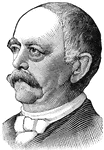
Prince Bismarck
Otto von Bismarck was the Duke of Lauenburg, Prime Minister of Prussia, and Chancellor of the North…
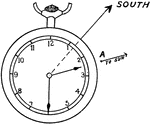
True meridian
"The position of the true meridian may be found as follows: Point the hour hand of a watch towards the…
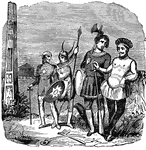
Saxons
"In the eleventh century, the Anglo-Saxons, originally the fiercest nation of the North of Europe, had…
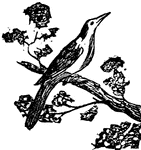
Mockingbird
A singing-bird of North America remarkable for its exact imitations of the notes of other birds.
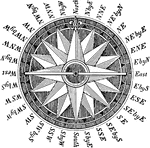
Compass
A instrument used for navigation. The needle is magnetic and always points to the north pole.

Needle, compass
"Bring the two ends of the wire into contact, and thus close the circuit. The needle instantly flies…
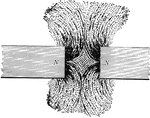
Repelling poles
A pair of similar magnetic poles repelling, the magnetic forces shown by iron filings.

Solenoidal magnet
"The polarity of the solenoidal magnet may be determined by holding it in the right hand so that the…

Belted Kingfisher
"Many species of the kingfisher family are found in various parts of the world. The belted kingfisher…

A Dutch Patroon
In the United States, a patroon was a landholder with manorial rights to large tracts of land in the…

Skylark
A small passerine bird that breeds across most of Europe and Asia, as well as the mountains of north…
Ling
A species of sea-fish found in the northern seas as far north as Iceland. It is allied to the cod family.…

Macaw
A genus of birds native to tropical South America, remarkable for their size and beauty of their plumage.…

Mackerel
An excellent food fish, widely distributed, and particularly abundant in the North Atlantic. It attains…
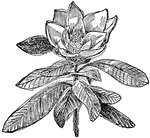
Magnolia
A genus of ornamental shrubs and trees, native to North America, China, India, Japan, and other portions…

Mammoth
The Russian name of the large extinct elephant closely resembling the Indian elephant, and of which…
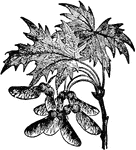
Maple
A class of trees belonging to the genus acer, containing about eighty species, all of which are confined…

Marmot
Native to North America and Eurasia. The best known species of North America are the prairie marmot…

Meadowlark
A bird of North america, and common in the United States as far south as the Mexican boundary.

Menhaden
A fish found in abundance off the Atlantic coast of North America, and often called whitefish, hardhead,…

Mound Builders
Mount Builders, the name applied to a prehistoric race of North America, of which remarkable remains…

Pear Design
"Also known as the cone, the palm leaf, the river loop, the crown jewel, the seal, the almond, the feather,…
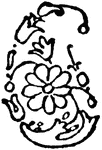
Pear Design
"Also known as the cone, the palm leaf, the river loop, the crown jewel, the seal, the almond, the feather,…

Pear Design
"Also known as the cone, the palm leaf, the river loop, the crown jewel, the seal, the almond, the feather,…

Pear Design
"Also known as the cone, the palm leaf, the river loop, the crown jewel, the seal, the almond, the feather,…
Pear Design
"Also known as the cone, the palm leaf, the river loop, the crown jewel, the seal, the almond, the feather,…
Pear Design
"Also known as the cone, the palm leaf, the river loop, the crown jewel, the seal, the almond, the feather,…
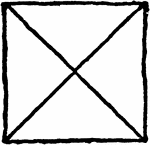
Solomon's Seal
Built on the right angle triangle and, like the Signet of David, it is found in many of the Turkish…

Night Hawk
A bird found extensively in North America, belonging to the family of goatsuckers. It is a value for…

Norsemen
A name applied to the inhabitants of the coast regions of Scandinavia and North Germany, who were noted…
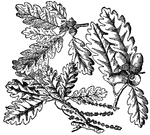
Oak
A genus of trees and shrubs widely distributed in the temperate zones of all the continents, but most…
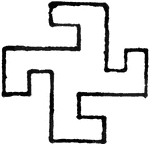
Swastika Design
"Derived from the Sanscrit word Svasti, which means good pretence. It dates bck three or four thousand…

Swastika Design
"Derived from the Sanscrit word Svasti, which means good pretence. It dates bck three or four thousand…
Swastika Design
"Derived from the Sanscrit word Svasti, which means good pretence. It dates bck three or four thousand…
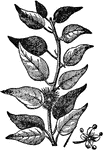
Osage Orange
A tree of the nettle family, so named from the Osage Mountains of Arkansas, where it is native, but…
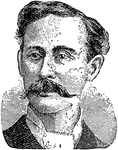
Robert Peary
An American explorer who is usually credited as the first person, on April 6, 1909, to reach the geographic…

Peccary
A genus of animals allied to the swine, and found extensively in South America and the southern parts…

Phylloxera
A genus of lice classed with the aphidae, which feed as parasites on different kinds of plants. The…
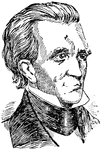
James Polk
The eleventh President of the United States, serving from March 4, 1845 to March 3, 1849. Polk was born…
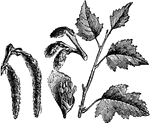
Poplar
A genus of deciduous trees, widely distributed in the north temperate zone, particularly in the temperate…

Porpoise
A sea mammal of the dolphin family, found extensively off the coasts of North America and Europe and…
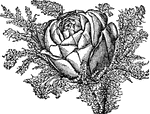
Rose
The common name of plants of the genus rosa. They have prickly stems and unequally pinnate leaves. About…
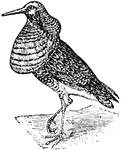
Ruff
A genus of wading birds allied to the sandpiper. They are found widely distributed in the northern parts…

Salmon
The common name of a class of food fishes belonging to the genus salmo. They are common to both salt…

Seal
The general name of certain genera of carnivorous mammals, havin feet adapted for swimming, and being…
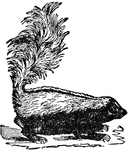
Skunk
A genus of quadrupeds of the weasel family, which are native to North America. They are about the size…

